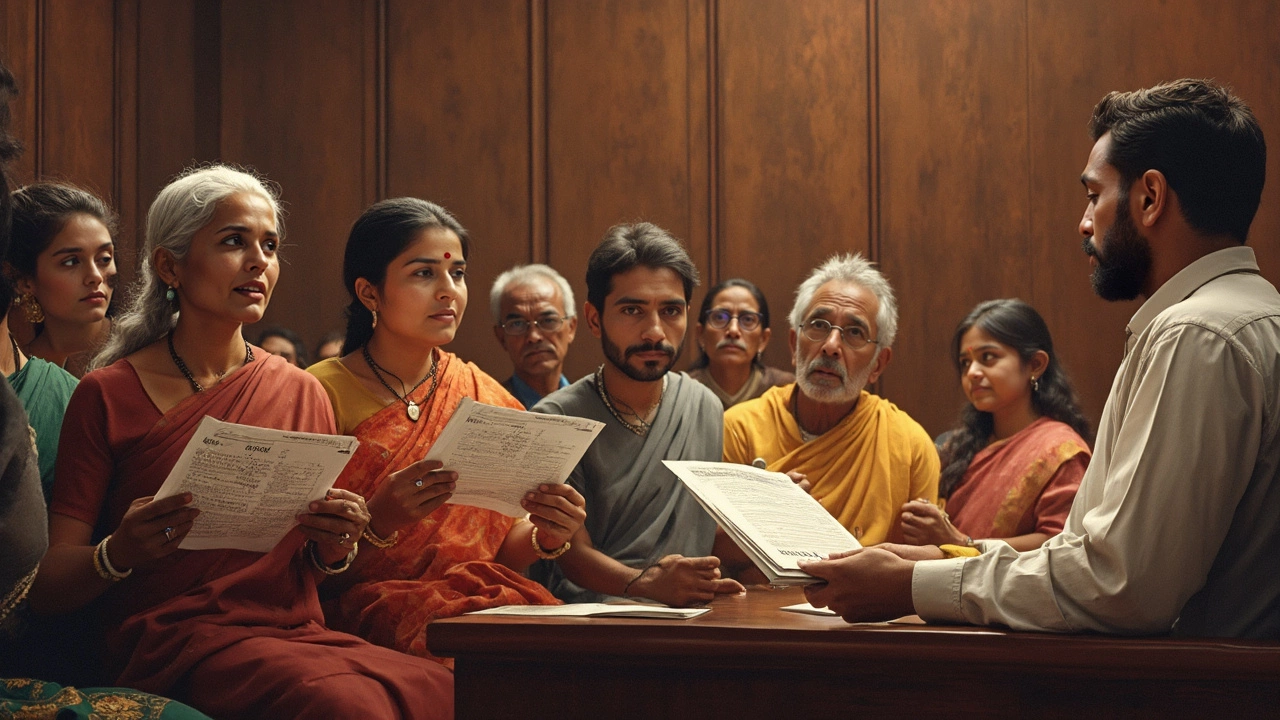Medical Records: What They Are and Why They Matter
Medical records are the papers or digital files that doctors keep about your health. They hold everything from lab reports to doctors' notes, prescription lists, and surgery details. If you ever need a second opinion, want to track a disease, or have to prove an injury, these records become your best friend.
In India, the right to see your own health data is backed by law, but many people don’t know how to pull the files or keep them safe. Below you’ll find straight‑forward steps to get your records, protect them, and make the most of digital tools.
How to Request Your Medical Records in India
First, figure out where your records live. Most private hospitals use electronic health record (EHR) systems, while smaller clinics may still rely on paper files. Write a simple request – a typed letter or email works fine – and include your name, date of birth, contact details, and the time period you need. Attach a copy of your ID; this helps the hospital verify it’s really you.
Under the Clinical Establishments (Registration and Regulation) Act, you can ask for copies within 30 days. Some hospitals charge a nominal fee for printing or digitizing files, but they can’t refuse you outright. If they push back, ask for a written explanation; you can then approach the State Medical Council for help.
When you get the records, check they are complete. Look for test results, doctor’s summaries, and any discharge instructions. If anything’s missing, point it out and ask for the specific missing page. Keeping a checklist makes this easier.
Keeping Your Health Data Safe Online
More clinics now offer patient portals where you can download PDFs or view your data in a browser. These portals are convenient, but they need a strong password. Use a mix of letters, numbers, and symbols, and change it every few months.
Never share your portal login with anyone, even family members, unless you trust them completely. If you need to let a relative see your records, most portals let you create a limited‑access view instead of handing over your password.
Store digital copies on a secure device – a phone or laptop with encryption turned on. Back up the files to a cloud service that offers two‑factor authentication. If you prefer paper, keep the files in a locked drawer and consider scanning them for a backup.
Lastly, watch out for scams. Some callers claim to be from your hospital and ask for your record number. Real hospitals will never ask for your password or OTP over the phone. If something feels off, hang up and call the official number yourself.
By knowing the right steps to request your records and following basic security habits, you turn a dusty file cabinet into an active tool for your health. Use the information to ask better questions at the doctor’s office, track your progress, and stay in control of your own wellbeing.

Proving Damages: The Evidence You Need in a Personal Injury Case
Ever wondered what kind of proof actually convinces a court or insurance company that you really got hurt? This article breaks down the key types of evidence you’ll need to collect to show your losses after an accident. From medical bills to photos and even your own testimony, every piece adds up. Learn which details matter most, what can go wrong if you miss something, and why good evidence can make or break your case.